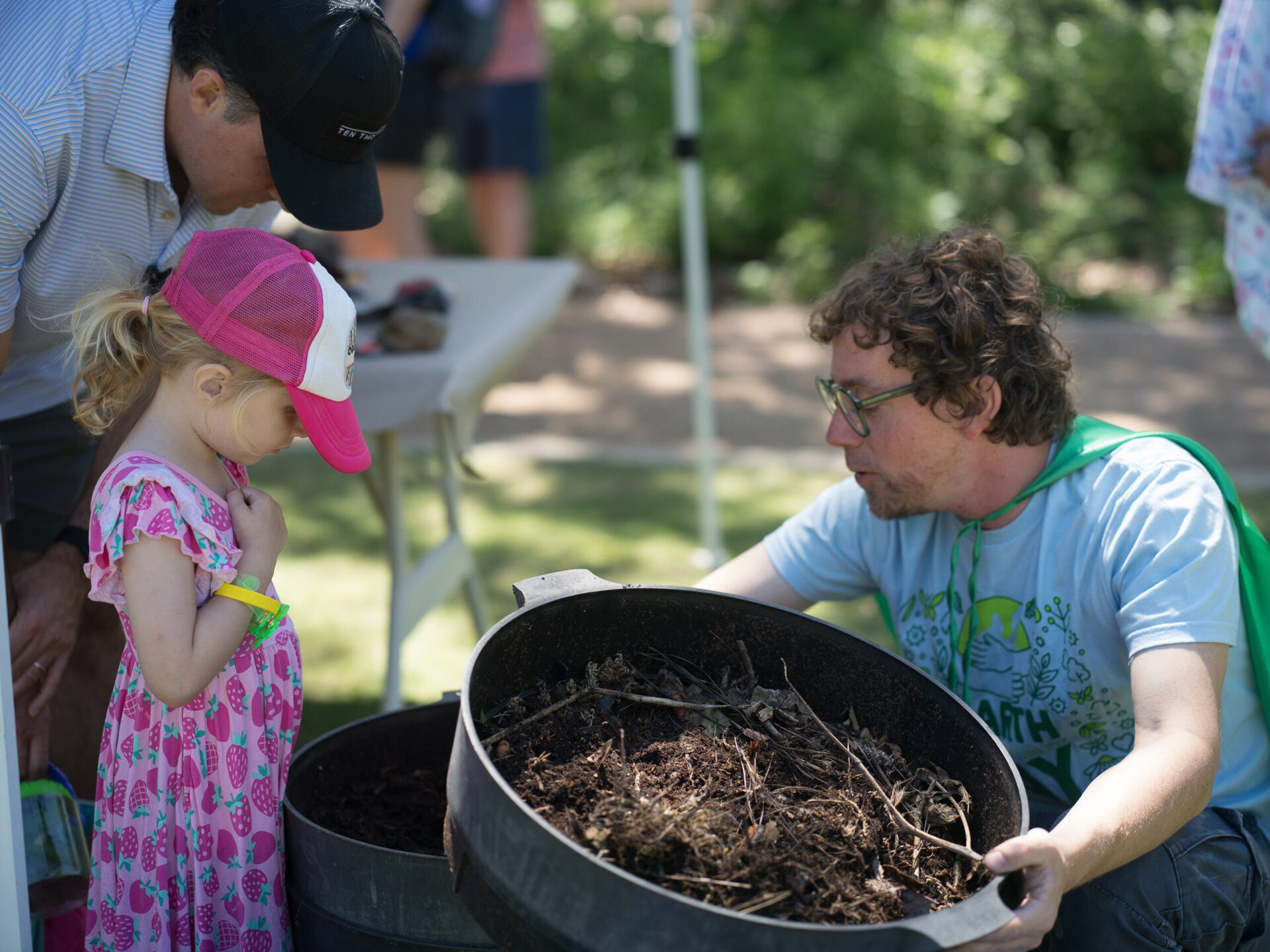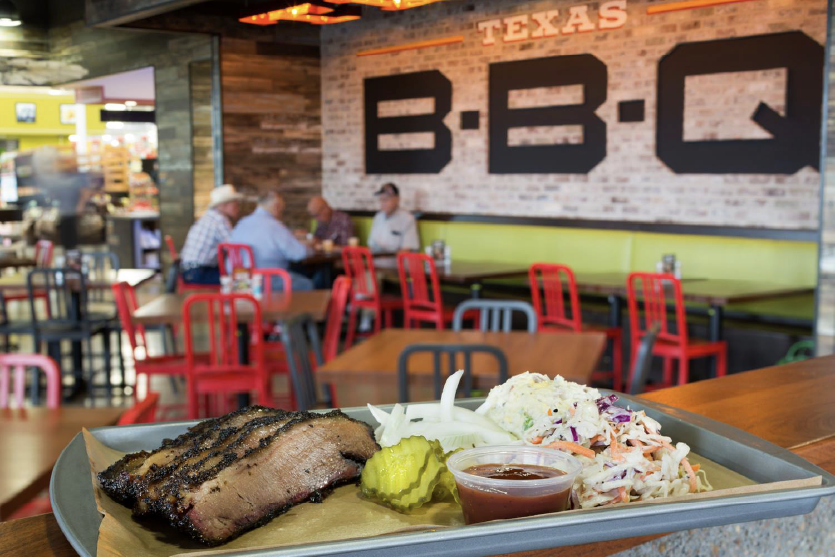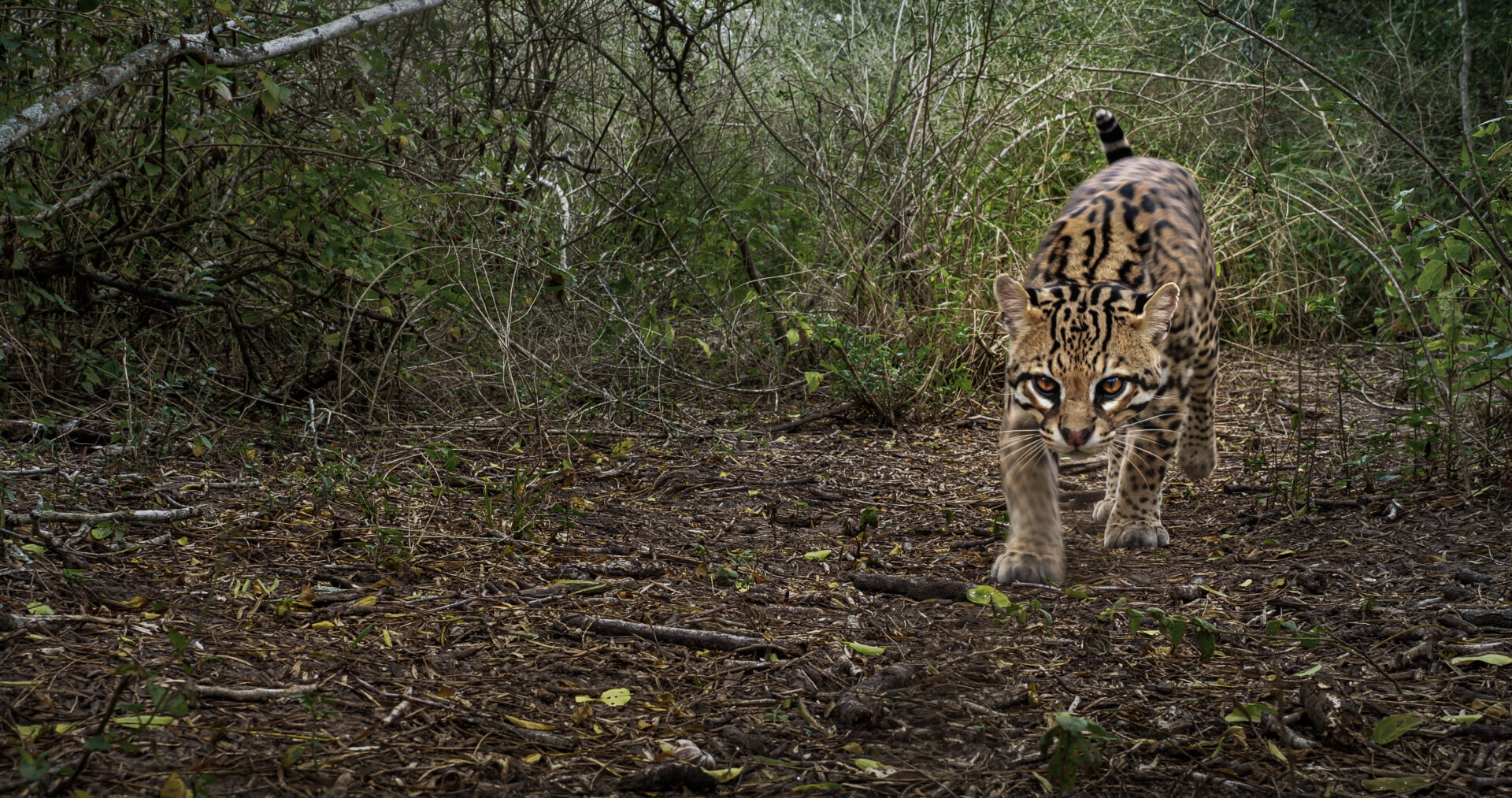Maximizing Food Recovery at Your H-E-B
One in seven Texas families are food insecure, meaning they do not have access to sufficient food, or food of good nutritional quality, to meet their basic needs. H-E-B believes that no one should have to wonder where their next meal is coming from. Our foremost priority in our food recovery measures is to share our extra food with these Texans.
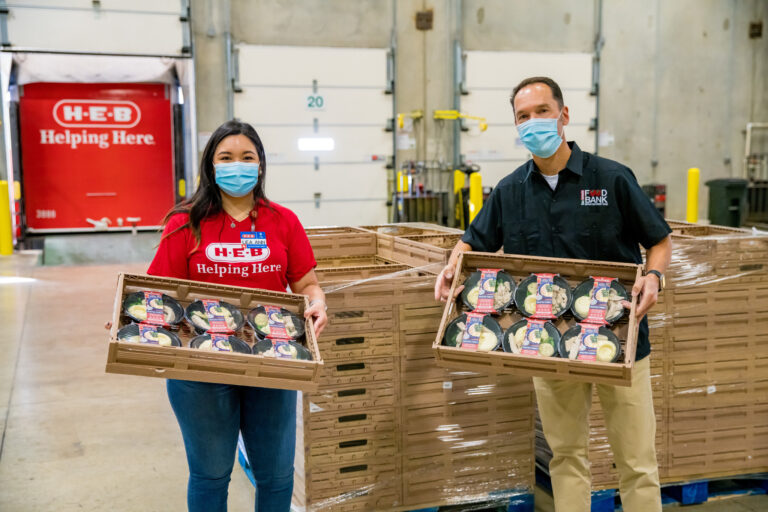
H-E-B follows the EPA Food Recovery Hierarchy, which prioritizes feeding people first, then working with vendors to recycle recovered food into animal feed, biofuels, and compost. Food that is no longer suitable for human consumption is sent to local ranchers to feed cattle or to a local composter to convert into a nutrient rich soil. Currently, more than 95% of our stores capture food waste and divert from landfills, and we are working to get all H-E-B stores on this program.
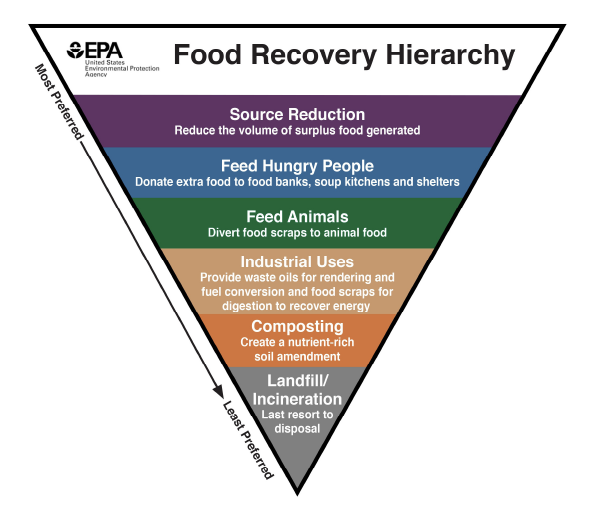
Source Reduction: Avoiding Surplus Food and Upcycling or Re-purposing Food
As a food-first company, we know that food recovery starts at the source. That’s why we closely monitor the amount of food we put on store shelves, to ensure we don’t end up with a surplus.
Some of our in-store best practices include:
- Marking down fresh products to sell before their sell-by date when they are still at peak quality.
- Thoughtfully rescuing fresh ingredients that meet our guaranteed quality standards, but have not sold, to use in our made in-store products like fresh guacamole, croutons, and more.
- Repairing damaged product packaging to return usable food to shelves to sell.
- Using multiple inventory management systems to analyze sales and other data to ensure products in-store are the freshest possible, and that the right products—and quantities—are stocked at each store.
Feed People: How Much Food Does H-E-B Donate?
Providing nutritious, delicious food to those in need is a primary goal of H-E-B’s food recovery program. Since its inception, the H-E-B Hunger Relief program has donated over 1 billion pounds of food. In 2022 alone, H-E-B donated 32.6 million pounds of unsold food to food banks across Texas & Mexico. The food we donate includes discontinued products, short-dated items, and slightly damaged items (e.g., slight packaging damage).
We’re proud to partner with the 21 food banks of Feeding Texas with food donations, monetary support, and/or volunteer support. In 2007, H-E-B became the founding sponsor of the Food Bank Leadership Institute (F.B.L.I.) at the Global Food Banking Networks. At the 2023 F.B.L.I. conference, for example, leaders from food banks in over 50 countries met in Mexico City to:
- Assist local leaders in opening new food banks
- Expand programs to address child hunger and food lost & waste
- Increase food banks’ capacity to serve more people
- Serve as an important platform for broader conversations between food banks & other food systems experts
H-E-B also partners with 18 Feeding America Food Banks that are part of the Texas Food Bank Network, as well as 13 food banks in the Mexican Association of Food Banks, to help fight hunger and malnutrition.
Feed Animals & Composting: Giving Food a New Life
An estimated 33 million pounds of H-E-B’s recovered food—specifically, food that is no longer suitable for humans to eat—is sent to local ranchers to feed cattle, or to a local composter to convert into nutrient-rich soil. We work with 32 cattle farms and eight composters across Texas, giving them a mix of:
- Retail recovered food (9 million pounds): This includes citrus rinds from made in-store fresh juice, and trimmings from produce cut fresh in-store, such as watermelon & cantaloupe rinds, pineapple tops, bottoms, and rinds, strawberry tops, and cucumber & avocado peels and pits.
- Bakery and snack plant recovered food (24 million pounds): This includes dough, broken cakes & cookies, potato skins, and corn waste.
Once at a local composter, it is recycled into a rich, nutrient-dense soil amendment that can help improve plant growth & build good soil structure. We also turn broken pallets (used to transport our products) into wood chips for composters.


Industrial Uses: Turning Inedible Food into Fuel
H-E-B converts an average of 7.7 million pounds per year of inedible items into energy sources (biofuel) and/or animal foods. This includes cooking oil and meat by-products like bone, fat, and trimmings from H-E-B’s meat plant and meat market operations.
The biofuels produced by H-E-B’s recovered food can include:
- Biogas (an energy-rich natural gas)
- Liquid biofuels (e.g., biodiesel, ethanol, methanol, and butanol)
The EPA considers biofuels a more sustainable, renewable fuel source than fossil fuels since they’re produced from renewable feedstocks. If your car runs on ethanol gas, for example, you’re using biofuels!
Landfills & Incineration: Our Last Resort
Sometimes, recovered food cannot be used in any of the above ways. When that happens, H-E-B’s last resort is sending it to landfills. We are extremely mindful of the amount that we send to landfills and are actively working to reduce any contribution to landfills. H-E-B’s food recovery committee works year-round to identify new strategies to implement, which includes employee education & internal reporting.
What’s Next for H-E-B’s Food Recovery Journey?
Currently, more than 95% of H-E-B stores capture recovered food and divert from landfills according to the EPA Food Recovery Hierarchy system, and we’re working to get all H-E-B stores on this program. As we do so, H-E-B will continue to monitor the latest scientific & economic research to identify new ways to improve and share unsold food with those in need. We’re dedicated to constantly improving our practices & creating more sustainable food streams to help feed Texans for generations to come.
